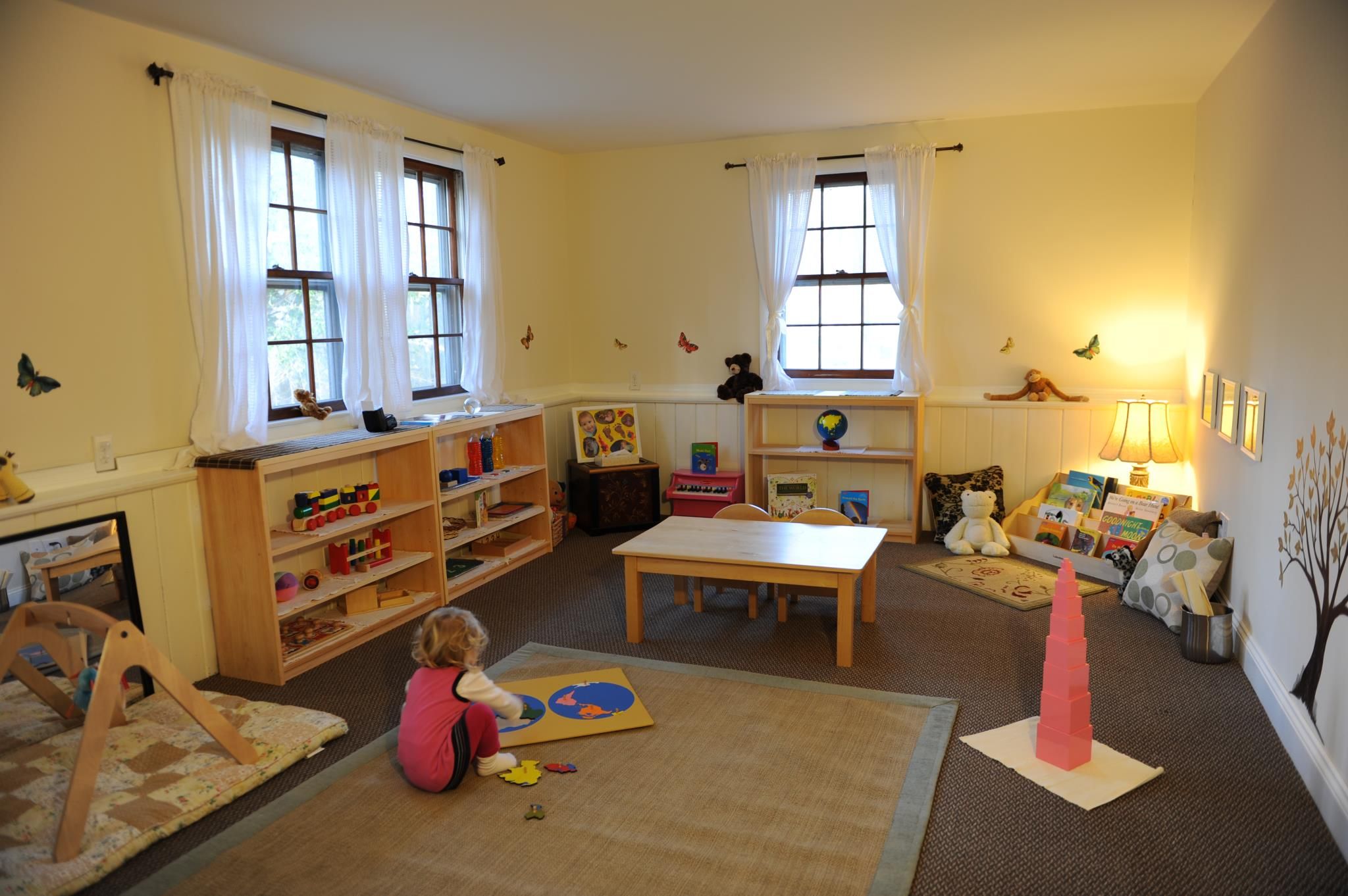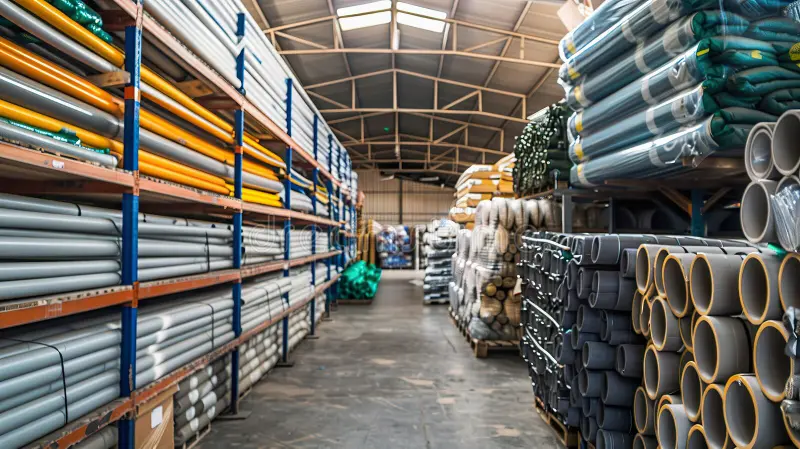Creating a toddler room that aligns with the Montessori philosophy is a rewarding process that encourages independence, safety, and engagement. Choosing the right Montessori furniture is key to setting up a space where your toddler can explore, learn, and grow at their own pace. Montessori furniture, designed with a child’s needs in mind, fosters a sense of autonomy while ensuring a safe environment for your little one. This guide will walk you through essential steps for selecting the best Montessori furniture to create an ideal toddler room.
What Is Montessori Furniture?
Montessori furniture is specifically designed to support the Montessori educational philosophy, which emphasizes hands-on learning, self-discovery, and independence. The furniture is child-sized, simple, and functional, enabling toddlers to interact with their environment easily and safely. This approach allows children to engage in daily activities independently, building their confidence and promoting natural development.
Understanding Montessori Principles in Furniture Design
Simplicity and Functionality
Montessori furniture adheres to a minimalistic design that is simple yet functional. Avoid selecting furniture that has overly decorative elements or unnecessary features. Instead, focus on pieces that serve a clear purpose and promote ease of use. The simplicity in Montessori furniture design eliminates distractions and helps the child focus on their tasks.
Child-Sized Proportions
One of the key Montessori principles is that the furniture should be tailored to the size of the child. This means selecting chairs, tables, shelves, and beds that are low enough for toddlers to access independently. When children can use their furniture without assistance, they develop a sense of ownership and responsibility over their space.
Safety Considerations for Montessori Furniture
Stability and Durability
Since toddlers are still developing their balance and coordination, the furniture you choose must be stable and sturdy. Montessori furniture is designed with safety in mind, typically featuring wide bases and solid materials to prevent tipping or falling. Choose pieces made from durable wood or high-quality materials that can withstand the wear and tear of everyday use.
Rounded Edges and Non-Toxic Materials
Safety is paramount in any toddler room. When selecting Montessori furniture, opt for items with rounded edges to prevent injuries from sharp corners. Additionally, ensure that the furniture is made from non-toxic, child-safe materials. Many Montessori furniture pieces are crafted from natural wood with water-based, non-toxic finishes, which ensures your toddler is not exposed to harmful chemicals.
Prioritizing Independence: Accessibility and Organization
Low Shelves for Easy Access
In a Montessori environment, low, open shelves are a staple. These shelves should be easy for your toddler to reach, allowing them to choose toys, books, and activities on their own. The accessibility of the shelves encourages decision-making and independence. Additionally, open shelves provide clear visibility, which helps toddlers identify where items belong and promotes a sense of order.
Child-Sized Tables and Chairs
Providing your toddler with a small, child-sized table and chair is essential for fostering independence. Whether they are drawing, reading, or engaging in a hands-on activity, a table at their height allows them to comfortably work without assistance. Look for sturdy, lightweight chairs that your child can easily move themselves. This freedom of movement supports the Montessori principle of empowering children to engage with their environment independently.
Creating a Cozy and Comfortable Sleep Space
Low Montessori Bed or Floor Bed
The bed is an integral part of a Montessori toddler room. Unlike traditional cribs, Montessori beds are designed to be low to the ground, allowing the child to enter and exit the bed on their own. This setup encourages freedom of movement and helps toddlers develop independence in their sleep routine. Floor beds or low Montessori beds also prevent falls, enhancing safety in the room.
Minimalistic Bedding
To maintain the calm and focused environment typical of Montessori rooms, keep the bedding simple. Choose soft, neutral-colored bedding made from natural fibers like cotton or linen. Avoid overly busy patterns or bright colors that may be overstimulating. The goal is to create a comfortable, restful space that fosters relaxation and independence.
Promoting Engagement Through Functional Furniture
Activity Tables and Workstations
Activity tables or workstations are essential in a Montessori toddler room. These are places where your child can engage in various activities like arts and crafts, puzzles, or learning exercises. Look for adjustable tables that grow with your child, ensuring continued use as they develop. Having a dedicated space for activities encourages concentration and a love for learning.
Practical Life Furniture
Montessori education emphasizes practical life skills, such as dressing, cleaning, and caring for oneself. Furniture that supports these activities, like a child-sized coat rack or a mirror at their height, allows toddlers to practice daily tasks independently. For instance, a dressing area with hooks for their clothes and a mirror enables toddlers to learn how to dress themselves, promoting self-sufficiency.
Choosing Montessori Storage Solutions
Open Storage Baskets and Boxes
Organizational tools like open storage baskets and boxes should be easy for your child to access. These containers allow toddlers to see and retrieve their belongings without adult assistance. When children are able to organize their space, they develop a sense of responsibility and independence. Ensure that the storage solutions you choose are not too high or heavy for a toddler to manage on their own.
Rotating Toys and Materials
One Montessori principle is to avoid overwhelming children with too many choices. Use your storage furniture to rotate toys and activities periodically. This keeps the environment fresh and engaging while also teaching your child the value of organization and simplicity. Store extra toys in a separate area and keep only a few options on display for your child to choose from.
Incorporating Natural Elements
Wooden Furniture and Natural Materials
In a Montessori toddler room, it’s common to use natural materials, particularly wood, for furniture. Wooden furniture pieces, such as shelves, tables, and beds, not only provide a warm and inviting aesthetic but also connect the child to nature. Avoid plastic materials where possible and instead choose solid wood or bamboo, as these materials are more durable, sustainable, and safe for children.
Plants and Nature-Themed Decor
Bringing natural elements into the room can create a calm, peaceful atmosphere. Small, child-safe indoor plants placed at toddler height can teach your child about caring for living things. Use nature-themed decorations, such as simple wooden toys, nature-inspired artwork, or baskets made from natural fibers, to enhance the room’s connection to the natural world.
Creating a Child-Centered Environment
The Importance of a Decluttered Space
Montessori rooms are intentionally designed to be clutter-free, allowing the child to focus on their activities without distraction. When setting up your toddler’s room, avoid overcrowding the space with too many toys, decorations, or furniture. This simplicity encourages a sense of order and calmness, which is essential for fostering concentration and creativity.
Personalization with Purpose
While simplicity is key, it’s also important to make the space feel personal to your toddler. Incorporate elements that reflect their interests, such as a small bookshelf filled with their favorite books or art materials they enjoy using. Personalization, however, should always serve a purpose. Avoid unnecessary decoration, and instead, choose items that align with the Montessori principles of functionality and purpose.
Conclusion
Selecting Montessori furniture for your toddler’s room is an intentional process that requires consideration of safety, functionality, and independence. By choosing child-sized, accessible, and natural furniture, you create an environment that empowers your toddler to explore and learn at their own pace. Montessori furniture, with its emphasis on simplicity, durability, and safety, ensures that your child can interact with their surroundings independently, developing confidence and practical life skills. A well-designed Montessori toddler room fosters both engagement and a sense of security, giving your child the perfect space to grow and thrive.







